Dispersant is one of the commonly used surfactants in many industries today, especially in the pigment industry, where the application of dispersants is particularly important. Dispersants can improve the overall gloss of the pigment surface, prevent color floating, reduce viscosity, increase pigment loading, reduce flocculation, increase color development and many other functions.
Criteria for consideration when selecting dispersants
1) Under the conditions, try to use a dispersant that can increase the energy barrier between particles, increase the repulsion between particles, and fully disperse the particles. 2) For oxides, hydroxides and materials containing oxidizing groups, when selecting dispersants, attention should be paid to the impact of the system pH value on the dispersion of materials, and the appropriate dispersant should be determined based on the range of pH values. 3) When the particle barrier energy is very low, it is not enough to just add a dispersant that can improve the electrostatic repulsion between particles. You should consider using a polymer dispersant or a non-ionic dispersant to use the steric effect to achieve the dispersion of the material. Disperse evenly. 4) A dispersant with a small amount and high dispersion efficiency should be used as much as possible. This will not only reduce the contamination of the graded product by the dispersant, but also reduce the amount of post-processing.

